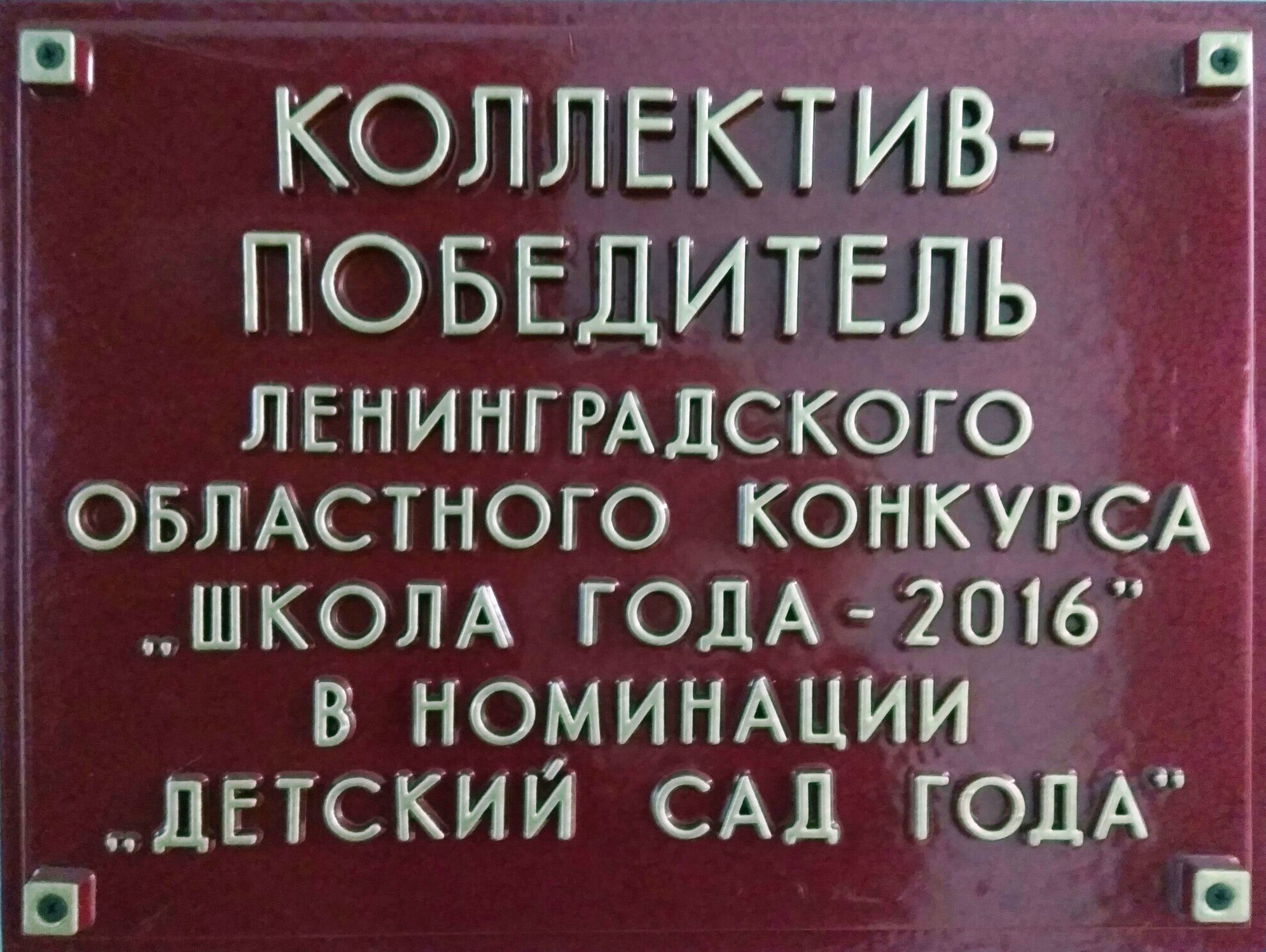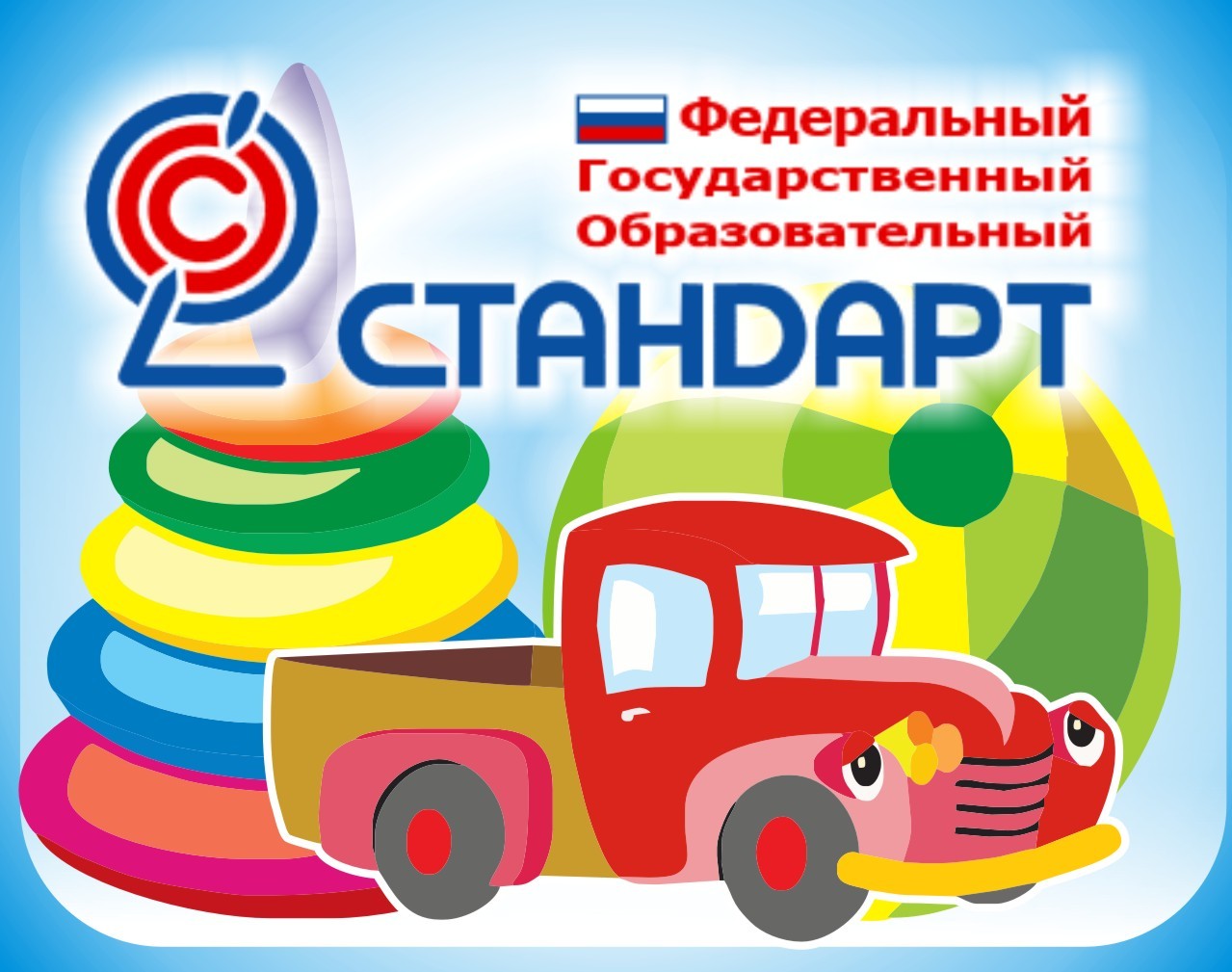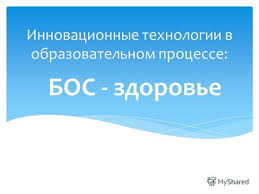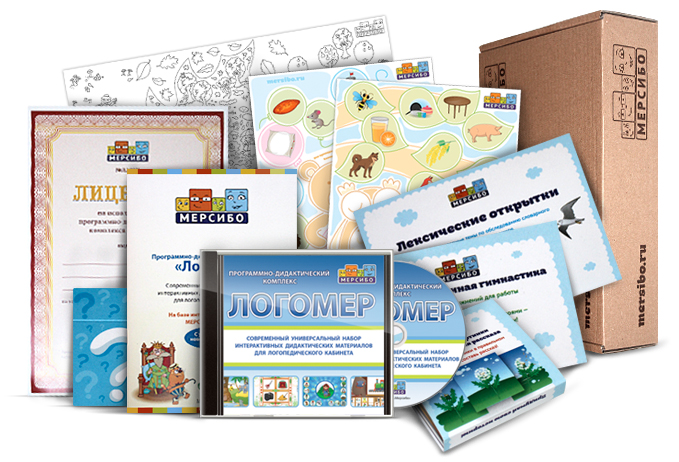Abstract
This paper studies just just exactly how intermarriages that are immigrant–native Sweden are related to specific faculties of indigenous people and patterns of assortative mating. Patterns of educational- and age-assortative mating which are just like those discovered in native–native marriages may mirror openness to immigrant groups, whereas assortative mating habits that suggest status factors declare that nation of delivery continues to act as a boundary within the marriage market that is native. The research makes use of Swedish register information that cover the whole Swedish populace when it comes to amount of 1991–2009. The outcomes from binomial and multinomial logistic regressions show that low status of natives with regards to financial and demographic faculties is connected with intermarriage and that intermarriages are seen as an academic and age heterogamy more than are native–native marriages. The findings suggest that immigrant females along with immigrant males be more marriage that is attractive if they’re quite a bit more youthful than their indigenous partners. This might be specially real for intermarriages with immigrants from certain areas of beginning, such as for example spouses from Asia and Africa and husbands from Asia, Africa, plus the center East. Gender variations in the intermarriage habits of indigenous gents and ladies are interestingly tiny.
Introduction
A distinct function of several wedding areas is homogamy in spousal option. Lovers are generally comparable pertaining to socioeconomic status (Kalmijn 1991), age (van Poppel et al. 2001), training, battle, and faith (Blackwell and Lichter 2004). While there clearly was increasing similarity in specific traits such as for example training and age over https://hookupdate.net/sugardaddie-review/ a few years (Schwartz and Mare 2005; Van de Putte et al. 2009), there clearly was a decline in homogamy when it comes to nation of delivery through the increase of intermarriages between natives and immigrants in Europe. Footnote 1 Scholars frequently learn immigrant–native intermarriage into the context of immigrant integration and regularly consider intermarriage whilst the last part of the assimilation procedure (Gordon 1964). an extremely neglected facet of this might be that “it takes two to tango”: it needs just as much willingness in the element of natives to intermarry because it does regarding the section of immigrants. This research addresses a subject that includes hitherto been understudied for the reason that it analyses the (inter-)marriage behavior of indigenous Swedes. Footnote 2 centering on the indigenous bulk expands the intermarriage literary works and contributes to an improved comprehension of societal openness towards minorities into the marriage market that is majority’s. By firmly taking under consideration the characteristics of both the indigenous partner in addition to immigrant partner, this paper is definitely an crucial share to your intermarriage literary works. Intermarriage is actually considered to signal the reality that various social teams respect each other as equals (cf. Kalmijn 1991), but wedding may also reproduce hierarchies that are social excluding particular teams through the pool of possible lovers and reproducing social structures within these. Where intermarriages display systematic habits of hypergamy and hypogamy, that is, indigenous lovers marry up or down in traits such as for example age and training, it can be figured the lovers usually do not consider one another as social equals (Merton 1941). Intermarriage habits consequently have actually the possibility to show implicit hierarchies of immigrants into the wedding market. Footnote 3
The specific concern that this paper attempts to response is whether intermarriages are from the status of native Swedes in adition to that of immigrants within the Swedish wedding market. By analysing the patient faculties of natives which can be connected with intermarriage plus the educational- and age-assortative mating patterns of intermarried partners as opposed to the simple regularity of these unions, this research plays a part in a formerly understudied area into the intermarriage literary works. It makes use of top-quality register information within the whole populace of residents in Sweden and includes all marriages and non-marital unions with typical kiddies which were established in the time 1991–2009.
Background and past Research on Immigrant–Native Intermarriages in European countries and Sweden
Intermarriage between immigrants and natives has increased in many countries that are european previous years and it is closely pertaining to the percentage of immigrants in the united kingdom (Lanzieri 2012). This basic rise in intermarriage in European countries is essentially linked to a considerable rise in intermarriage with spouses from countries away from EU (de Valk and Medrano 2014). Intermarriage prices in Sweden continuously have risen since the 1970s, additionally the enhance is notably steeper for males compared to females. Figure 1 shows the proportions of immigrant–native intermarriages (defined right here as marriages from a indigenous swede footnote 4 and their foreign-born partner) and native–native marriages (thought as marriages between two indigenous partners) of most newly contracted marriages created by indigenous Swedes from 1969 to 2009. At the time of 1991 the register extracts utilized in this paper contain an identifier for non-marital cohabitations with typical kiddies, that makes it feasible to report the stocks of native–native cohabitation and cohabitation that is immigrant–native.
Stocks of native–native unions and immigrant–native unions of most unions of indigenous men that are swedish ladies in Sweden 1969–2009
For indigenous ladies, the stocks of immigrant–native wedding and cohabitation are close in proportions and also have changed just marginally because the 1990s; for indigenous males, there was a wider space with immigrant–native cohabitation showing reduced prices with small enhance with time and immigrant–native marriages showing greater prices with an even more pronounced enhance in the long run.
In previous years, intermarriage between indigenous Swedes and immigrants ended up being dominated by intermarriage along with other Nordic residents, especially Finns (Cretser 1999). Much more modern times, the rise in intermarriages could be mainly accounted for by the increased quantity of marriages with partners from outside Europe, and Thailand has changed Finland as the utmost regular nation of beginning for intermarried immigrant ladies (although Finland continues to be the most frequent nation of beginning for intermarried immigrant guys; Haandrikman 2014).









